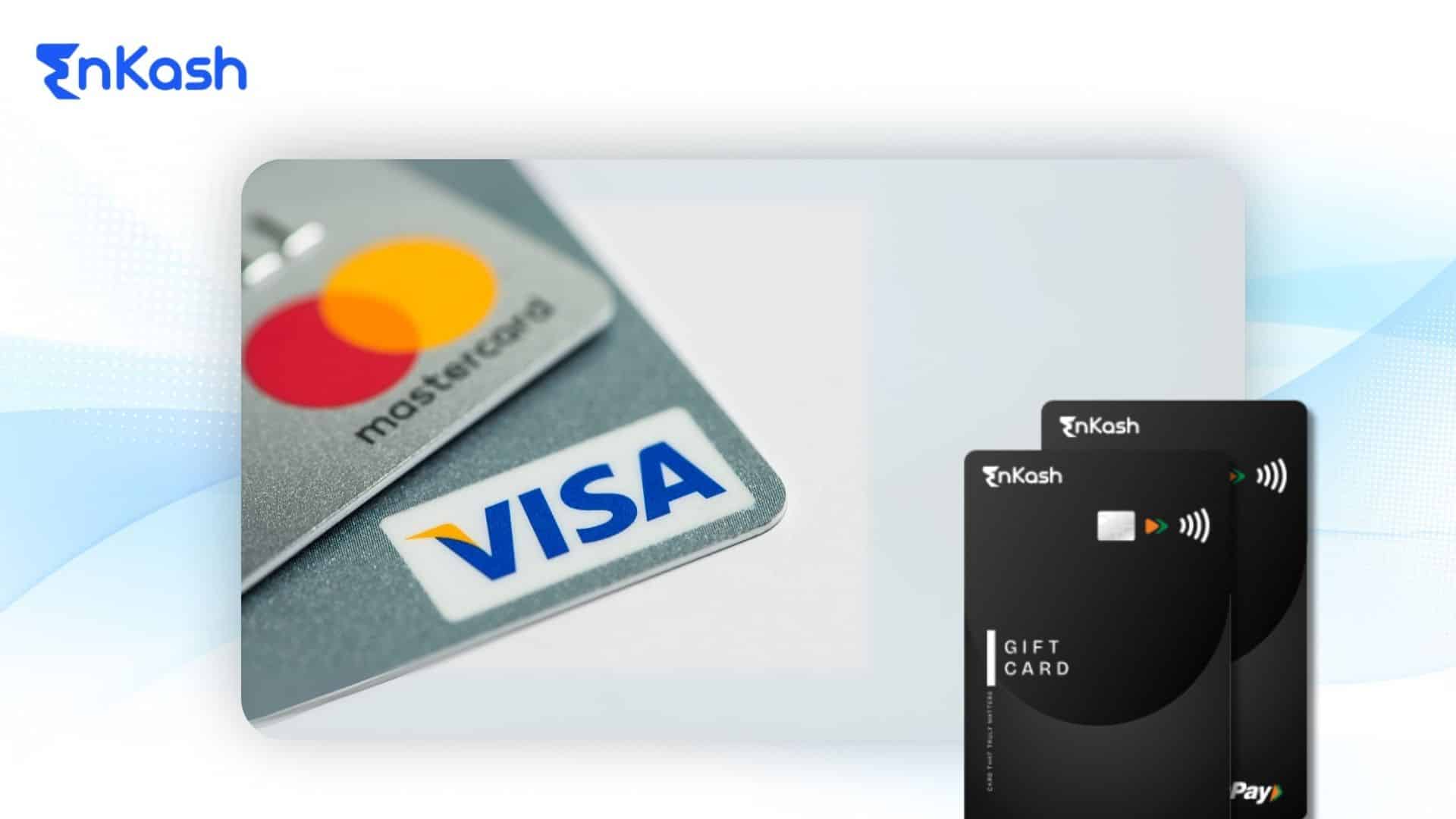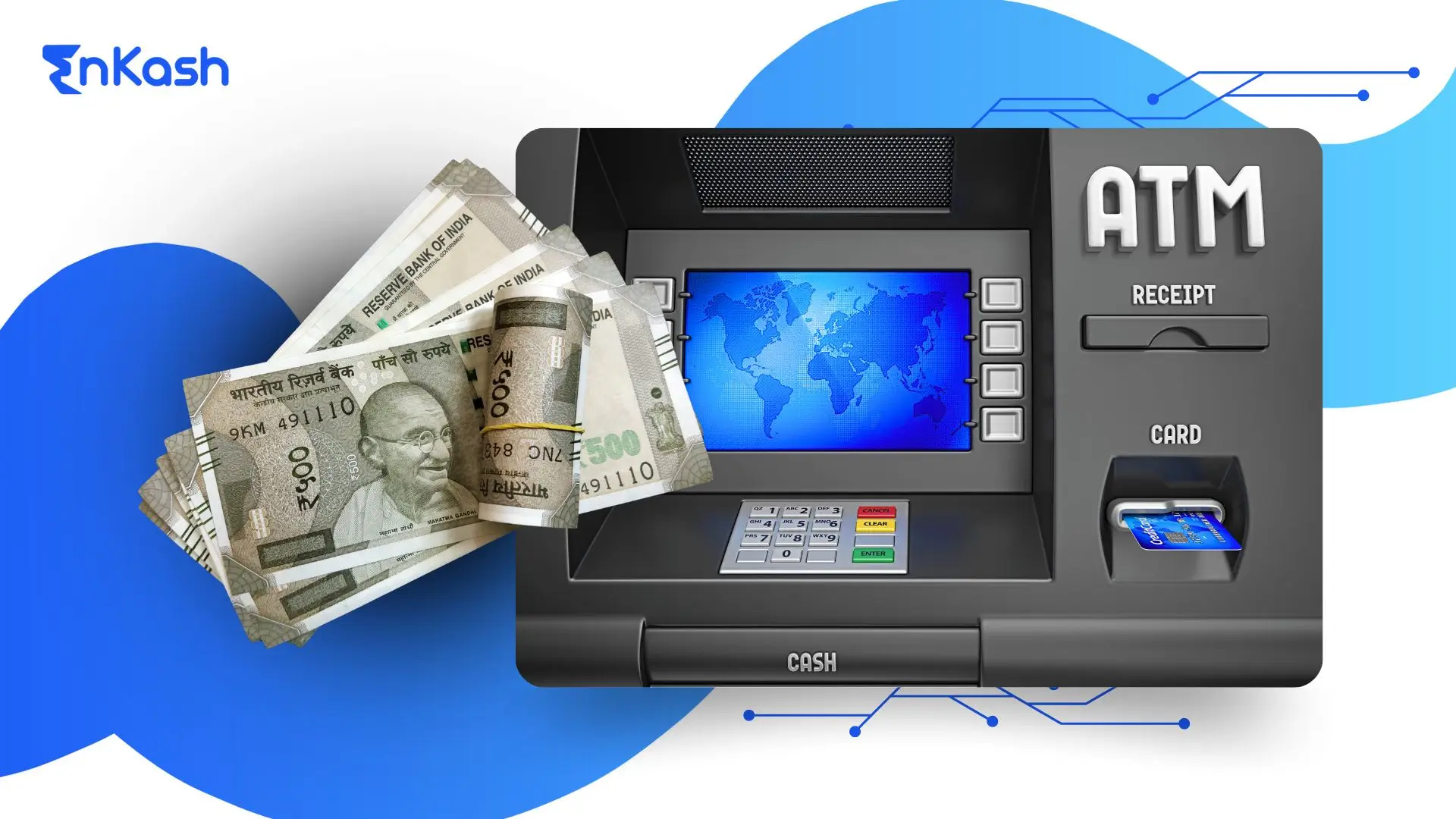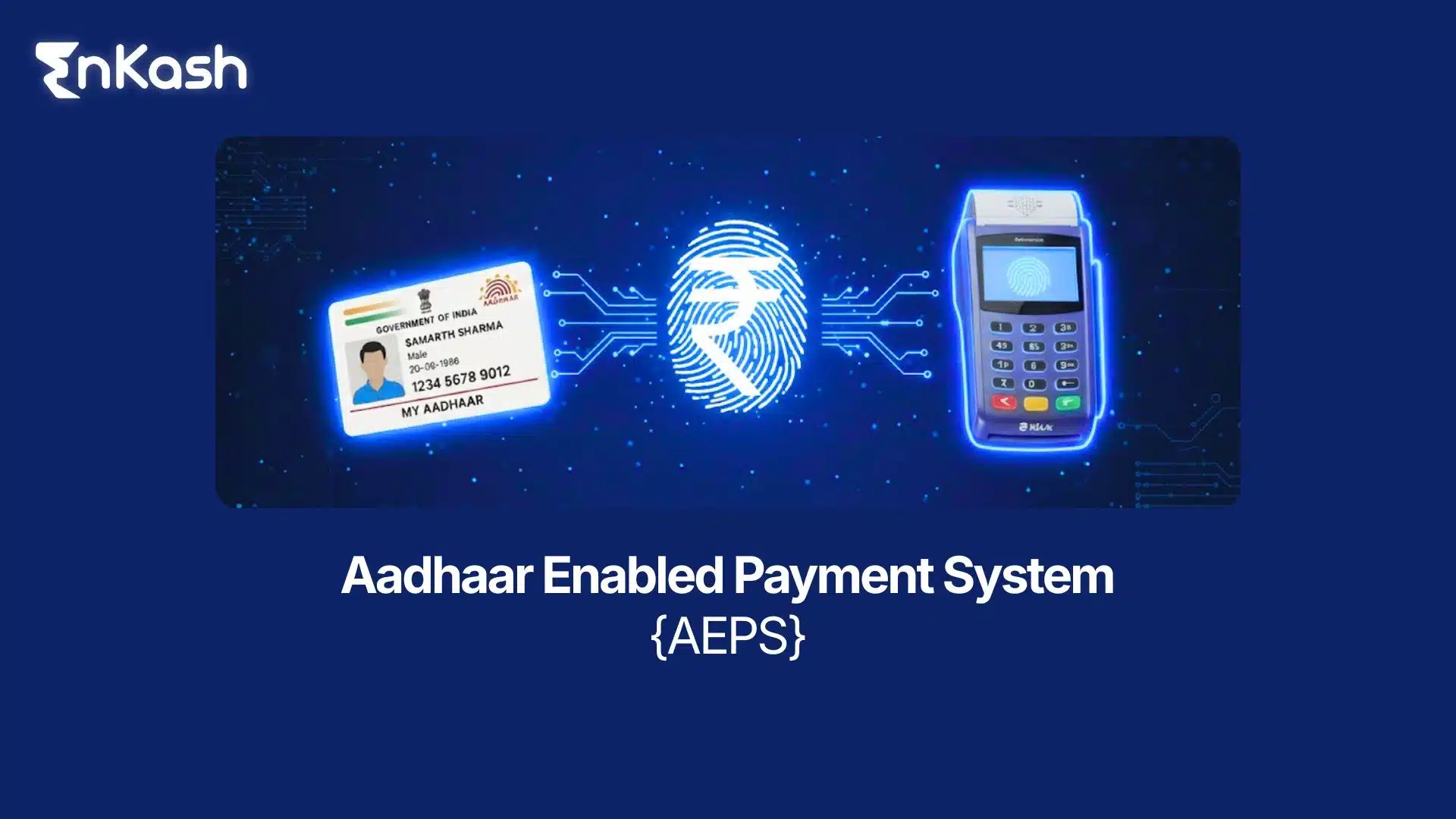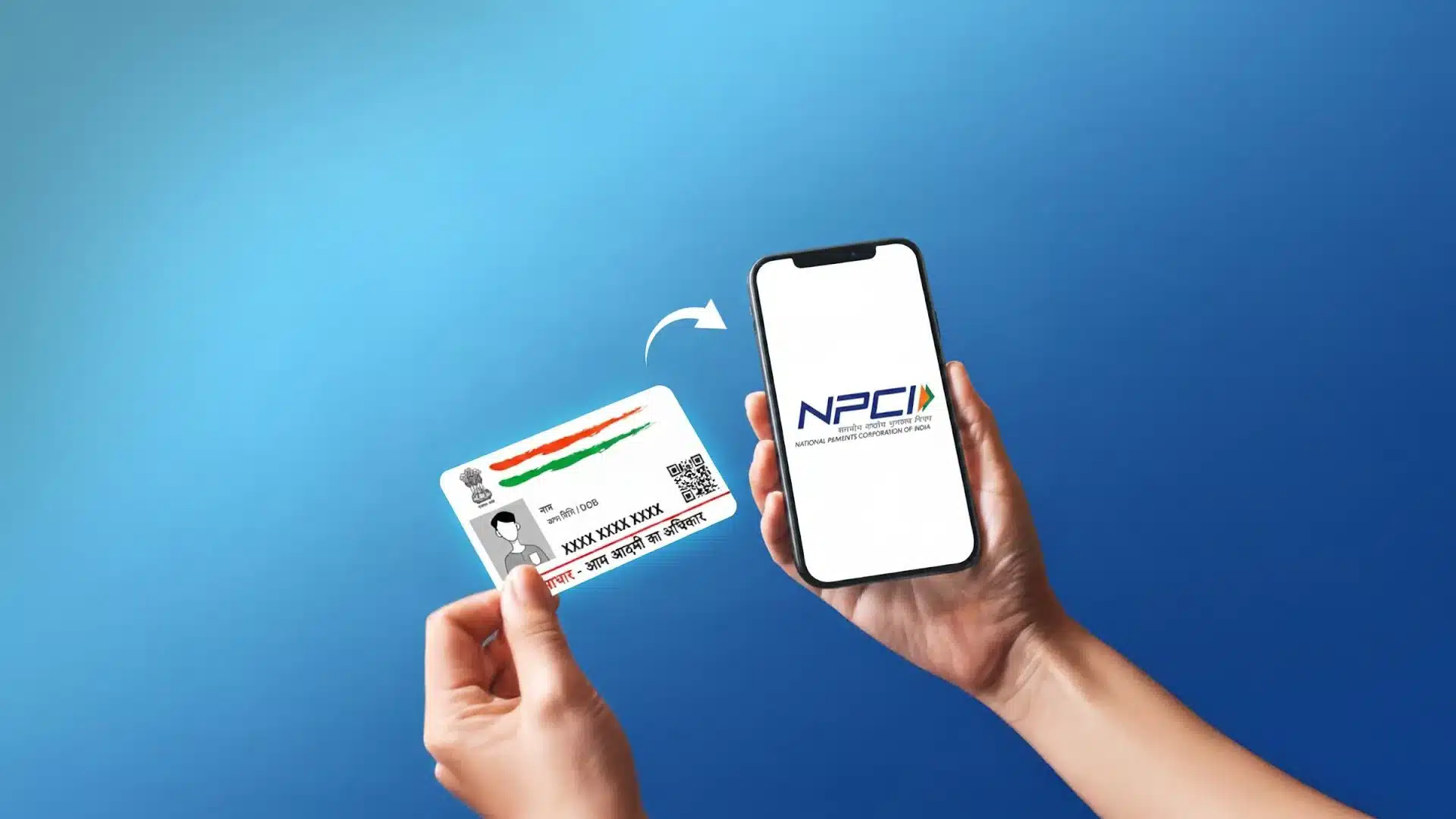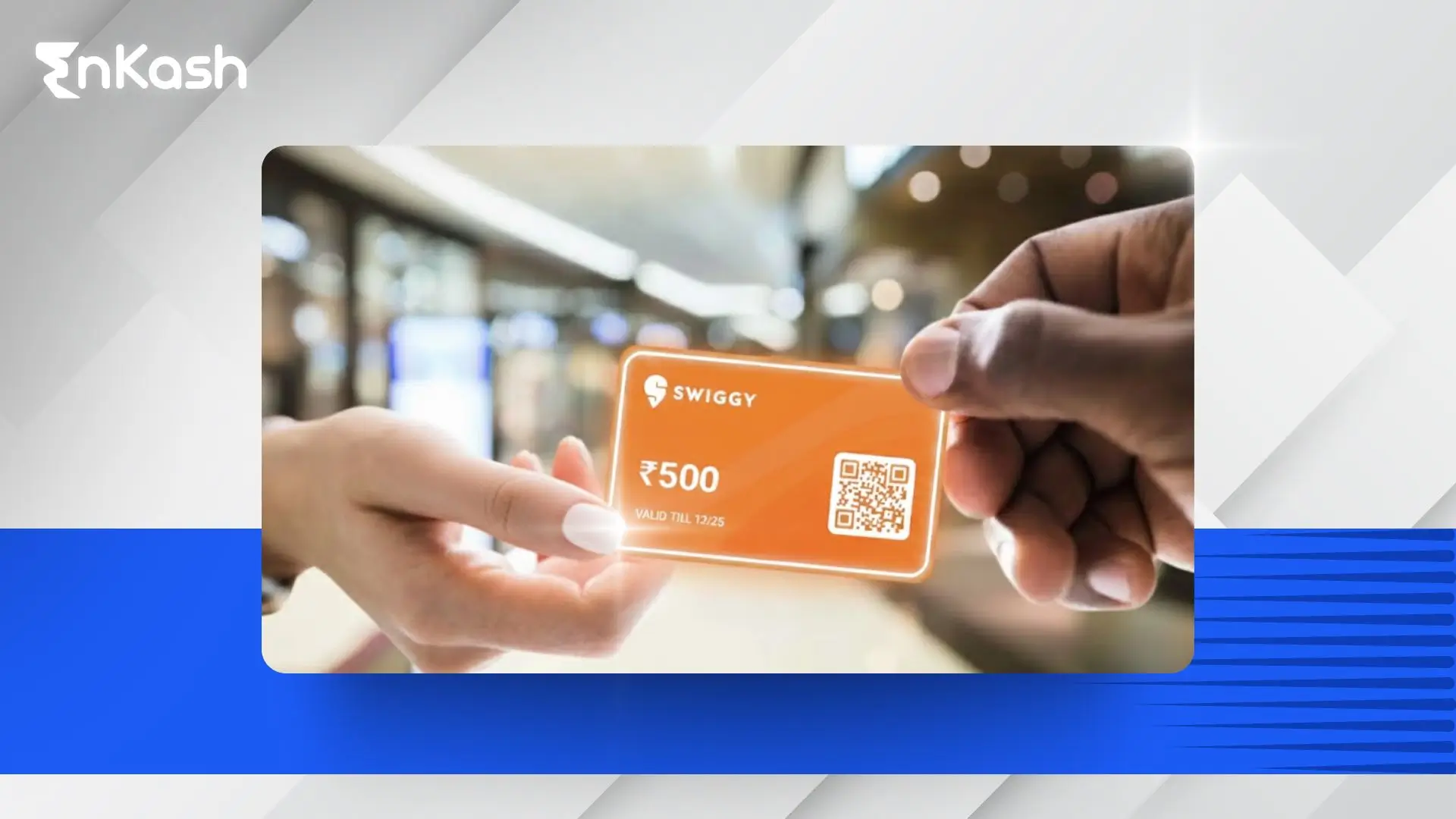What Are Prepaid Loop Cards and How They Work
Digital payments are rapidly replacing cash, and Loop Prepaid Cards are leading this change. They offer a simple, cashless way to spend within a fixed network. These cards are preloaded with money and used only at certain outlets. That fixed usage area is why they are called loop cards. They are not linked to any savings or current account.
A loop card lets the user spend from a set balance. Once that amount is used, the card cannot be swiped again unless it is reloaded. This makes it safer for budgeting. You cannot spend more than what has been added. It also gives the issuer some control over where the money is spent. That is why they are used by many businesses, schools, and service providers.
Unlike general-purpose cards that work everywhere, loop cards work only within a loop. This loop can be a single brand, a partner group, or a selected set of merchants. If the card is made for just one store, it is called a closed-loop card. If it can be used across a few approved places, it is part of a semi-closed-loop card system. The wider the loop, the more flexible the card.
There are two broader types to keep in mind. The first is the closed-loop card, which works at only one store or platform. The second is the open-loop card, which is meant for broader use. The open-loop card is accepted across many stores that use a payment network like Visa or RuPay. This makes it easier for customers to pay in shops, online, or through devices.
Though all loop cards are prepaid, the network they rely on changes how they function. A closed-loop prepaid card does not need complex processing because it runs inside a single system. An open-loop card connects with wider networks and follows extra rules to protect user funds.
The idea is simple: load money once, spend it where it is allowed. These cards are used in gift programs, salary systems, event payments, and loyalty schemes. For people and businesses, this setup brings control and clarity. Knowing how each type works is the first step in picking the right loop card for your needs.
Different Types of Loop Prepaid Cards: Closed, Semi-Open & Corporate
Every loop card works on the same basic idea. You load money onto it and spend it inside a fixed circle of merchants. But not all loop cards follow the same rules. Their reach and purpose vary. That is why they are grouped into different types. Knowing these types helps people and businesses pick what suits them best.
Each type is shaped by how much freedom it allows and who controls where it can be used. Some are tightly limited to one store. Others let you use them across many outlets, as long as those outlets are tied to the card provider. There are also cards created for work use, such as paying for food or fuel. These are issued by companies to support staff benefits or expenses.
Here are the most common types of loop cards:
- Closed-loop prepaid card: Works only at one specific merchant or brand. These are often used as store gift cards.
- Semi-open-loop card: Can be used across a set of merchant outlets that are linked to the card provider. They allow some flexibility but are still not universal.
- Corporate loop cards: Used by companies to manage fixed payments for meals, fuel, travel, or incentives. These work within approved merchant categories.
These card types are also guided by how they are regulated. For example, a closed-loop prepaid card is not regulated under the RBI’s PPI guidelines if used only within the issuing entity’s ecosystem and does not enable funds transfer outside it. On the other hand, a semi-open-loop card must follow payment rules set by regulators. These may include user checks, spend limits, and merchant agreements.
Some loop prepaid cards are now available in digital form. Users can manage them through mobile apps, which makes them more convenient. But no matter the form, their purpose stays the same: to allow spending within a set loop, with clear limits and easy control.
Read more: Prepaid Cards – A Guide to Growth
What Is a Closed Loop Card?
A closed-loop card is a prepaid card that is designed for limited use. It works only at the brand or business that issued it. These cards are quite common in retail and are used for store gifts, customer rewards, or specific in-house services. Since they cannot be used outside the issuing brand, they are called closed-loop gift cards.
Here are the main features of a closed-loop prepaid card:
- Valid only at a single brand or business
- Loaded with a fixed amount of money
- Usually issued as part of a reward, refund, or promotion
- Cannot be used at other stores or withdrawn as cash
- May be single-use or limited in reload options
- Often have an expiry date or usage time frame
To understand how closed-loop gift cards work, think of it like a digital vouchers. A business adds a set amount to the card, and the customer can spend it only at that business. There is no link to any personal bank account. This keeps the system easy to use and manage.
These cards help keep money within a brand’s system. Since they are not accepted anywhere else, users are likely to return to that brand to make a purchase. For businesses, this builds loyalty and repeat visits.
However, it is always a good idea to check the terms. If the balance is unused past the expiry date, the card may become invalid.
What is an Open Loop Card?
Open-loop cards can only be issued by banks or RBI-authorized PPI issuers and are designed for full interoperability across ATMs, POS, and online payment systems. This gives the user more freedom to spend.
Here are the main features of an open-loop prepaid card:
- Accepted across multiple stores and online platforms
- Backed by major card networks
- Can be used for shopping, travel, food, or bills
- Allows contactless or digital payments
- May support ATM use, depending on the card
- Reloadable in most cases
To understand what an open-loop card is, think of a gift card that works in any store that accepts Visa or RuPay. You are not tied to a single merchant. This makes the open-loop gift card a better fit for general use. You can use it online or offline, at grocery stores, petrol pumps, or restaurants.
Some open-loop examples include prepaid travel cards issued by banks or payment service providers. These cards are helpful for people who want flexibility in how and where they spend. They are often used for budgeting, travel, or controlled spending by parents or employers.
The best open-loop gift card is one that is easy to reload, has wide acceptance, and does not expire quickly. It should also allow secure payments. These cards may have usage limits set by the provider, so reading the terms before activation is a smart step.
Closed vs Open Loop Cards: Key Differences
Both closed-loop and open-loop prepaid cards serve as prepaid payment tools. But they are designed for very different use cases. Knowing the key differences helps users choose the right type of card for their needs.
Below is a simple comparison between the two:
- Where it works
A closed-loop prepaid card is limited to a single brand or platform. An open-loop card can be used across many merchants that accept network cards like Visa or RuPay. - Purpose of use
Closed-loop gift cards are ideal for brand promotions, gifting, and loyalty programs. Openloop gift cards are better suited for personal budgeting, travel, and flexible spending. - Network support
Closed-loop cards do not require support from external networks. Open-loop prepaid cards depend on large payment networks to process transactions. - Cash access and reloading
Most closed-loop cards do not allow reloading or cash withdrawals. In contrast, open-loop cards are often reloadable and may allow ATM use, depending on the issuer.
Each card type serves a different goal. For simple brand-specific purchases, a closed-loop gift card works well. For wider usability, an open-loop prepaid card offers more convenience and choice.
Real-World Use Cases of Loop Cards
Loop cards are used in many everyday situations. People and businesses rely on them to manage money, control spending, and offer rewards. Since they can be closed or semi-closed, each card fits a different kind of need. Let’s explore where these cards are used in real life.
In retail, the Loop gift card is very popular. It allows shoppers to buy what they like, but only from a single brand. Many stores use closed-loop gift cards during holidays, sales events, or customer campaigns. These cards help bring buyers back and keep the money within that brand.
Companies also use loop prepaid cards for employees. A worker might receive a card for meals, fuel, or travel. These cards are easier to manage than cash. The employer decides where the money can be used. This avoids misuse and keeps records simple. This is where the semi-open-loop card works well, allowing use across selected merchants.
In large events or exhibitions, organisers often give prepaid cards to visitors. These can be used at food stalls, ticket counters, or brand booths. These cards reduce cash handling and speed up transactions. After the event, unused funds may be refunded or donated, depending on the rules.
Many colleges now offer student loop cards that can be used in the campus cafeteria or bookshop. Parents can reload the card online and track spending. This gives students independence while maintaining control.
Some travel groups provide closed-loop prepaid card options. These are useful during planned tours where the card can be used only at selected hotels, restaurants, or shops. It helps avoid overspending and gives travellers a safer way to carry money.
Each of these examples shows how loop cards work as tools for planned spending. Whether for gifts, meals, travel, or daily use, they allow more control. The type of card chosen depends on where and how you plan to use it.
Loop Cards for Businesses: Why They Matter
Many businesses use loop cards to manage payments in a smart and controlled way. These cards are not just useful for customers; they also support business goals like customer retention, smooth refunds, and employee spending. With the right setup, they can help cut costs, improve planning, and keep money flowing within a brand.
Here is how loop prepaid cards benefit businesses:
- Customer loyalty
A loop gift card encourages buyers to return and shop again. Once loaded, the money stays with the brand, increasing chances of future purchases. - Expense control
Employers can issue cards for meals, fuel, or travel. These are linked to approved outlets only. It helps reduce errors and avoids misuse of funds. - Simplified refunds
Instead of returning cash, businesses can issue a closed-loop gift card as store credit. This keeps the money within the system and promotes repeat visits. - Improved cash flow
Since loop cards are prepaid, the money is received in advance. This helps in budgeting and offers short-term financial support. - Better data
Every swipe gives insights into how, when, and where people spend. This can guide marketing, stock planning, or new offers.
These benefits show why businesses across retail, travel, and services are turning to loop cards. They are easy to issue, cost-effective to manage, and useful across many operations.
Also read: Tips on how to increase your CIBIL Score
RBI Regulations on Loop Cards in India
In India, the use of loop cards is guided by rules set by the Reserve Bank of India. These rules ensure that the cards are used safely and for the right purpose. The RBI classifies these cards under prepaid payment tools and applies specific conditions based on how they are used.
Here are the key points:
- A closed-loop prepaid card does not require approval from the RBI. Since it is valid only at a single brand, it does not fall under the main set of prepaid payment rules.
-
A semi-open-loop card must follow certain conditions. It can only be issued by companies that are approved by the RBI to offer such payment instruments.
- All users of semi-closed cards must follow spending limits. For minimum KYC semi-closed loop PPIs, the total load amount is limited to ₹10,000 per month. With full KYC, it can go up to ₹2,00,000. For higher limits, full customer verification is needed.
- Only open-loop prepaid cards issued by banks may allow cash withdrawal, subject to RBI norms. Closed and semi-closed loop cards cannot be used for ATM withdrawals.
- The issuer must mention expiry dates, usage terms, and refund rules on the card or in writing.
These steps help protect users and maintain trust in digital prepaid tools like Loop prepaid cards.
Loop Cards in a Digital Economy
As payments become smarter, loop cards are also changing. Many businesses now offer these cards in digital formats. Instead of using a physical card, people can access their balance through mobile apps or scannable codes. This shift has made loop payments faster and easier.
Some merchants accept digital loop prepaid cards through QR codes. A customer can scan the code and pay directly from their balance. It reduces the need for machines or physical handling.
New platforms also let people track their spending in real time. They can see where the money was used, how much is left, and when the card will expire. These features are helpful for parents, companies, and event organisers.
As digital habits grow, loop cards will likely connect with other systems like UPI or mobile wallets. This will expand their use while keeping their key strength intact: controlled and purpose-based spending.
How to Choose the Right Loop Card
Picking the right loop card depends on how and where you plan to use it. Start by checking where the card is accepted. A closed-loop prepaid card is fine for brand-specific gifts. If you need more options, a semi-open-loop card may suit you better.
Here are a few things to look for:
- Can it be reloaded, or is it one-time use?
- Does it have an expiry date?
- Are refunds or cancellations allowed?
- Is it accepted at the places you visit often?
By checking these points, you can choose a prepaid card that fits your exact purpose.
Conclusion
Understanding how loop cards work can help you make smarter payment choices. These cards are built for control. A closed-loop prepaid card is perfect for focused use, like store gifts or company rewards. A semi-open-loop card works better when you need more reach without losing control.
Every card serves a purpose. Whether it is for spending, saving, or gifting, the key is to choose the right format for your goal. Check the usage rules, the network, and the limits. When used right, loop prepaid cards can offer a safe, simple, and effective way to manage money.
FAQs
1. Can a closed-loop prepaid card be converted to an open-loop card?
No, a closed-loop prepaid card cannot be converted into an open-loop card. It is designed for use within a specific merchant network. The structure, terms, and processing are entirely different from open-loop prepaid cards, which are tied to payment networks like Visa or RuPay.
2. Do loop gift cards work internationally?
Closed and semi-closed loop gift cards typically do not work internationally. Open-loop prepaid cards issued on international networks like Visa or Mastercard may work abroad, if permitted by the issuer. Always check international usage terms before travelling with any type of loop prepaid card.
3. What happens if I lose my loop card?
If you lose your loop prepaid card, report it to the issuer immediately. For closed-loop cards, replacement may depend on the brand’s policy. Open-loop cards with network support may offer better protection and balance recovery if linked to your identity or verified account.
4. Can I use a semi-open-loop card for online shopping?
Some semi-open-loop cards allow online purchases, but only at approved partner websites. These cards are not as flexible as open-loop prepaid cards, which can be used widely across most online platforms. Always check the card’s terms before attempting digital transactions.
5. Are there hidden charges on loop prepaid cards?
Most loop cards are transparent, but certain fees may apply. These could include inactivity charges, reissue fees, or service costs. Always review the terms of your loop gift card or semi-open-loop card before activation to avoid unexpected deductions.
6. Can I use an open-loop gift card for fuel or travel bookings?
Yes, an open-loop gift card can be used for fuel or travel if the card network is accepted by the vendor. This flexibility makes it a good alternative to a closed-loop prepaid card, which cannot be used outside its issuing brand.
7. How is a loop card different from a digital wallet?
A loop prepaid card holds a fixed balance and works within a limited network. Some digital wallets also issue Loop prepaid cards for controlled usage within specific merchant ecosystems. Loop cards are better for fixed-purpose spending.
8. What limits apply to semi-open-loop cards in India?
In India, semi-open-loop cards are subject to spending limits set by the Reserve Bank of India. Without full verification, the limit is usually ₹10,000 per month. With full checks, it can go up to ₹2,00,000. These rules help keep Loop prepaid cards secure.
9. Can loop cards be used to withdraw cash from ATMs?
A loop card cannot be used for cash withdrawals unless it is an open-loop prepaid card with ATM access. Closed-loop and semi-open-loop cards are meant strictly for merchant use. Always check the card features before assuming ATM compatibility.
10. Are loop cards safe for children or students?
Yes, loop prepaid cards are often used by parents or schools to manage student spending. Since the amount is fixed and usage is restricted, they offer a secure way to teach money habits. A closed-loop prepaid card is ideal for food stalls or campus stores.

